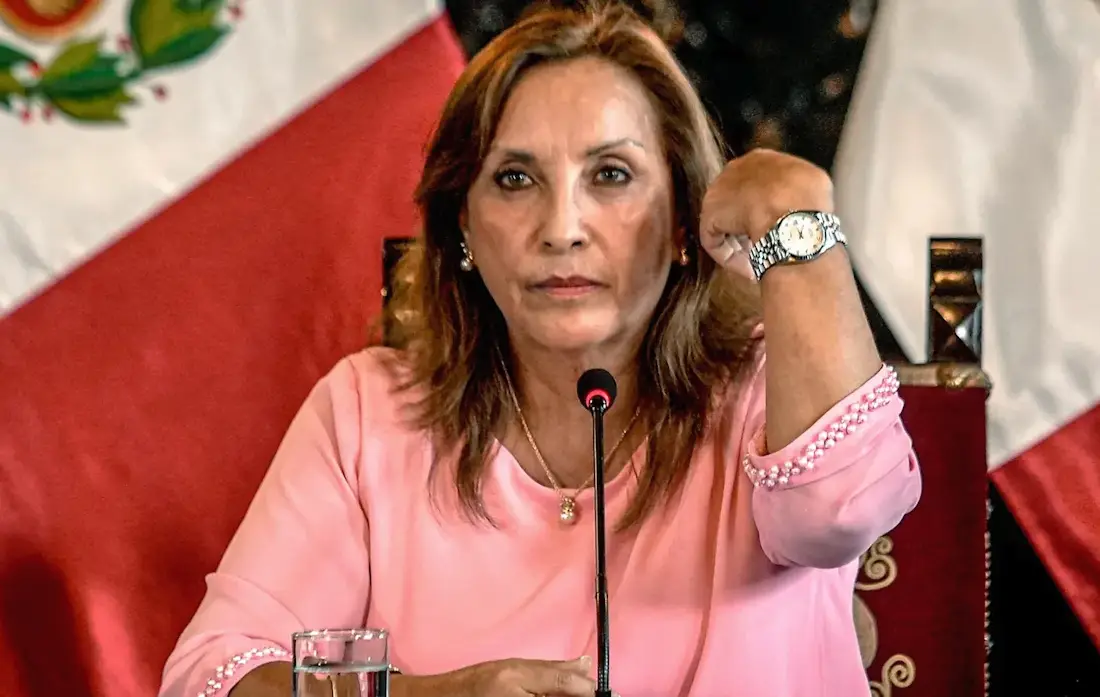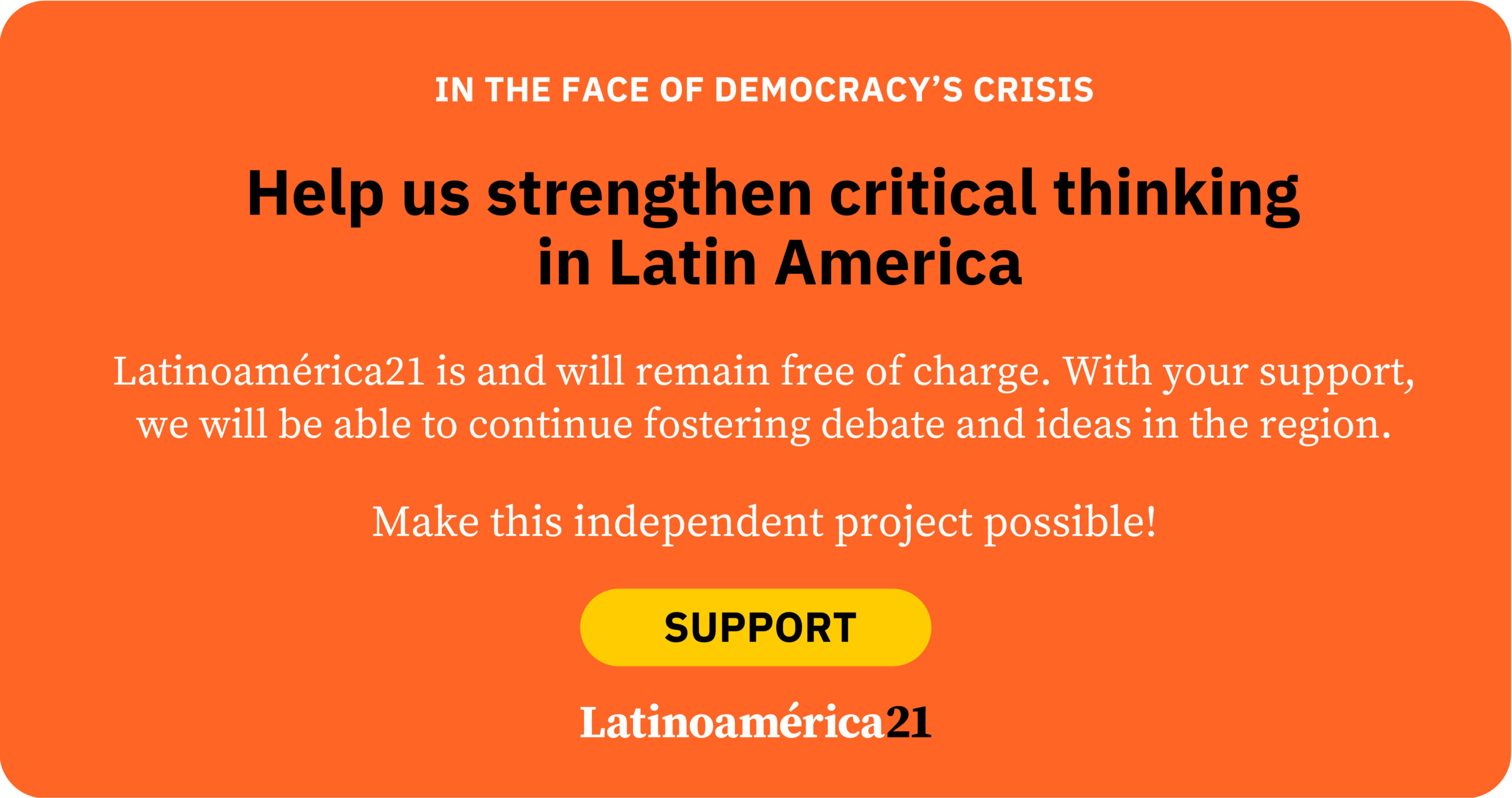On October 10, the Peruvian Congress approved a motion of vacancy on the grounds of “permanent moral incapacity,” bringing Dina Boluarte’s government to an end. Hers thus becomes the 25th case of “presidential failure” (that is, presidents who have been forced to leave office) in Latin America since 1980, if we count those who have held power for a significant period of time (excluding cases such as Rosalía Arteaga in Ecuador, Adolfo Rodríguez Saá in Argentina, and Manuel Merino in Peru, who served as interim presidents for less than two weeks).
The censure motion that vacated Peru’s highest office was the ninth attempt since she assumed the presidency in December 2022, following the downfall of Pedro Castillo after his failed self-coup attempt. With this, Peru set a new regional record: five “failed” presidents before completing their terms, surpassing Bolivia and Ecuador, each with four cases.
More than an isolated episode, Boluarte’s exit confirms a pattern I document in my book Why Presidents Fail (2024): the growing difficulty Latin American presidents face in remaining in power.
The immediate causes
Analyses of the main challenges faced by the Boluarte administration identify three key factors that help explain her downfall.
The first is the frequency and magnitude of street protests. In just two years, her government witnessed more than 1,700 protests, according to the Observatory for Democracy and Governance. Demonstrations directed specifically against the Executive branch are a key factor explaining presidential instability. According to my research, each massive protest of this kind increases by almost 30% the risk of a presidential failure.
The second factor is the weight of presidential scandals. The so-called Rolex case and accusations of illicit enrichment, combined with her controversial absence to undergo cosmetic surgeries, merged elements of corruption and public morality. In my studies, this type of scandal—whether involving corruption, moral issues, or abuse of power—raises on average by 13% the likelihood that a president will be forced to leave office.
The third element is insecurity and organized crime. As analyst Will Freeman noted, Boluarte could be the first Latin American president ousted due to her inability to confront organized crime. This represents a new dimension in explaining failed presidencies: the erosion of territorial control and insecurity as triggers of political crises.
The structural background
But the immediate causes tell only part of the story. Peru’s instability—and Boluarte’s in particular—has deeper roots in the chronic weakness of its political parties.
Presidents everywhere, both to have their policies approved and to maintain stable governments, need relatively good relations with political parties. This can be achieved in countries with weak, moderately institutionalized, or strong parties. However, as I argue in Why Presidents Fail, only in the latter case are president-party relations grounded in programmatic commitments and shared long-term visions. In governing parties, these elements foster genuine loyalty toward the president; in opposition parties, they produce a republican, institutional spirit that leads them to respect democratic processes and principles. All of this contributes to more durable and democratic presidencies.
By contrast, when parties are weak or only partially institutionalized, president-party cooperation rests on merely instrumental and superficial grounds, shaped by short-term quid pro quo logics. That stability is deceptive: it rests not on ideological conviction or programmatic agreements but on exchanges of favors and transactional, fleeting loyalties, which can quickly shift.
In such systems, short-termism dominates. Alliances change according to immediate convenience, and the “buying of loyalties” replaces long-term political vision. In this context, a president’s downfall depends less on moral or ideological conviction and more on the circumstantial convergence of actors willing to coordinate their removal without much regard for the future consequences of their actions.
From protection to abandonment
For more than two years, Boluarte benefited from that logic. The parties represented in Congress shielded her from eight vacancy motions between January 2023 and May 2024. But her survival clearly did not stem from an ideological coalition, but from a pact of convenience, indeed, what Peruvian scholar Omar Coronel labeled an “authoritarian coalition.” This ad hoc coalition, virtually sustained by the goal of holding onto power and political posts until 2026, was key to explaining Boluarte’s stability despite massive waves of anti-government protests. The very nature of such coalitions can only be understood in a context of weak or non-existent parties, as is the case in Peru.
When the president became (even more) unpopular, unable to respond to the advance of organized crime and weakened by scandals, her political usefulness expired. The recent protests by “Generation Z” and mobilizations by transport workers fed up with extortion and contract killings significantly weakened Boluarte. The last straw was the armed attack on the popular cumbia group Agua Marina on October 8. This tragic event not only validated social demands but also left the ruling parties in Congress with no room to maneuver. In a classically selfish and short-term move to improve their re-election prospects, they quickly abandoned Dina Boluarte. The same forces that had once closed ranks to defend her decided to open the exit door in a unanimous vote.
Expectations?
Unlike other presidential crises, Boluarte’s replacement comes from the same political sector that was the target of protests, although the former president absorbed most of the discontent. This is, strictly speaking, a form of succession-style “gatopardismo”: changing something so that nothing really changes. Under these conditions, the transition risks failing even before it begins, in its attempt to de-escalate—if only temporarily—the crisis.














